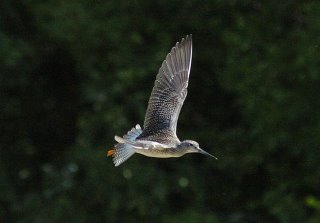In the meantime, here's the latest RV rear window graphic from Shot On Site. This, on Greg Cook's vintage '73 FMC gas pusher. Nice rig. Nicer picture. If you've got windows in the back of your vehicle, (and who doesn't?), give us a shout.

Since 2009, the retirement home of Shot On Site Photography... the source of the finest sighthound performance images in the world. As of August 1, 2022, the blog will become much more photo-centric. Not only will I post images from the homestead in the foothills of the Little Florida Mountains, and surrounding environs, but also tips about shooting, editing, archiving, software, hardware and more. The political rants will become few and far between (but not eliminated! It is 2022 after all!)




 ed Great Blue Heron landed on the bank. It was too far away to shoot. But between courses I wandered out to the pond to see what was there. Much to my surprize, there were several waders feeding. The one you see here, is a Lesser Yellowlegs. More wildlife as it happens.
ed Great Blue Heron landed on the bank. It was too far away to shoot. But between courses I wandered out to the pond to see what was there. Much to my surprize, there were several waders feeding. The one you see here, is a Lesser Yellowlegs. More wildlife as it happens. 


